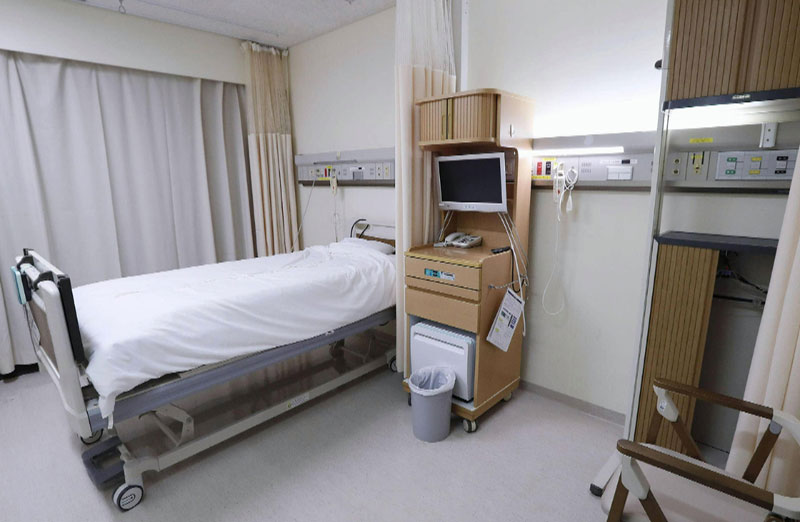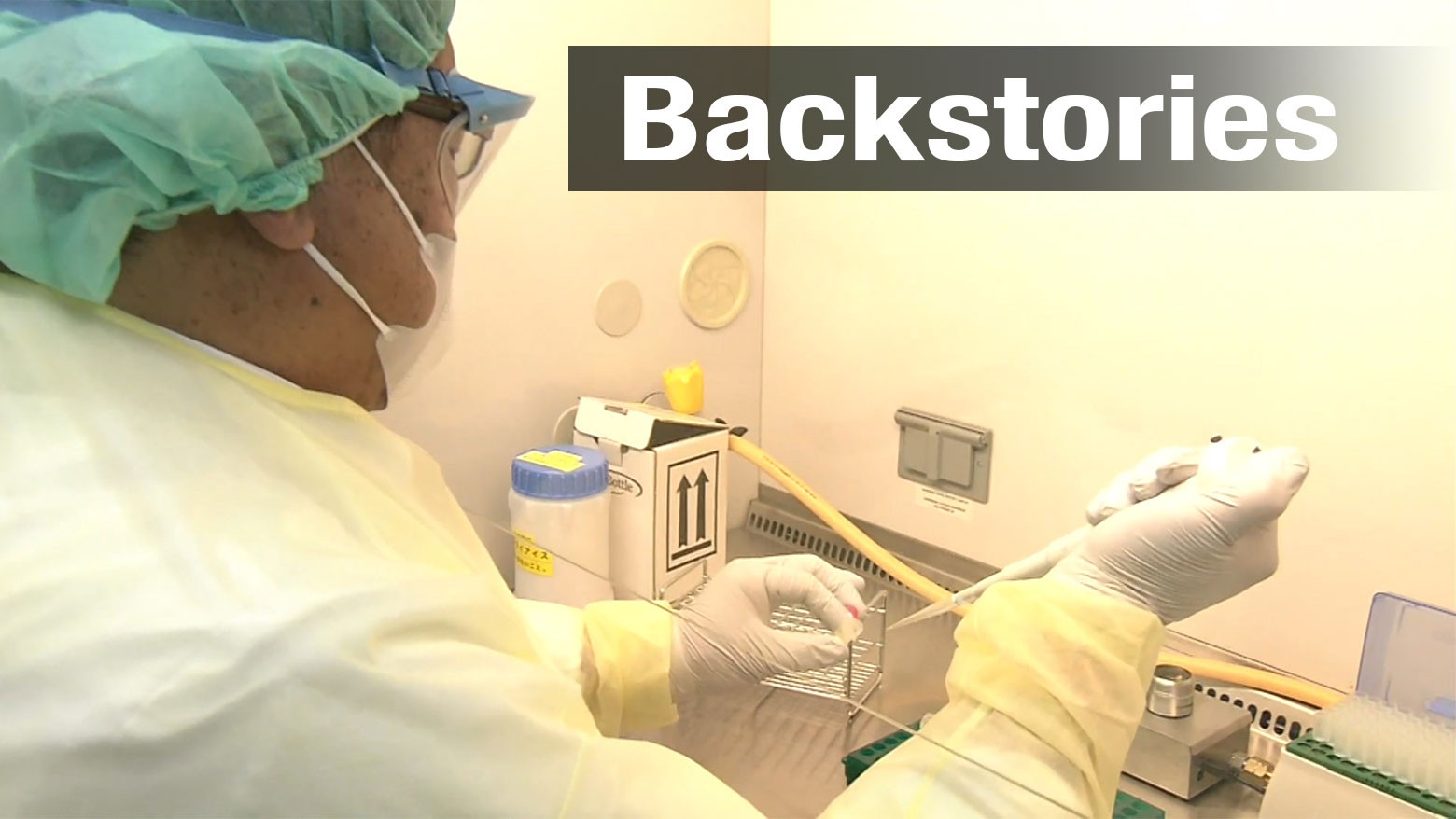Government policy
The government's move signals it has shifted focus from preventing the virus entering the country to stemming the rate of increase in the number of patients. With the new policy in place, medical institutions are now set aside for patients with serious symptoms.
Meanwhile, the government is asking people with mild symptoms to recuperate at home. Japan has a universal healthcare program, so it's not uncommon for people to go to see a doctor even if they have only a common cold.
Focus on Japan's response
Medical professionals and the World Health Organization have focused on what's going on in Japan, as it has been dealing with the coronavirus on a relatively large scale for nearly a month.
Given the number of cases in Japan, it has a relatively high level of knowledge about quarantine and treatment, which can be extremely useful in showing other countries what they should and should not do.

In Japan, anyone who tests positive for the virus has been hospitalized so doctors have been able to closely monitor the effects over the course of a patient's infection. This has allowed health officials to collect a large set of data that can be crucial in helping experts find the answers to questions like:
- Can people who are infected spread the virus when they aren't exhibiting symptoms?
- Can people test positive for the virus and never show symptoms at all?
Another focus of attention is the proportion of elderly people who are becoming seriously ill in a country with a large senior population.
The Diamond Princess
Measures on the virus-hit cruise ship have drawn criticism from abroad. The government's stance is that infections inside the Diamond Princess have been kept under control since quarantine began on February 5.
Investigation results show that infections peaked on February 7. It means that many of them must have caught the virus before February 5, government officials say, considering the incubation period. But many of the crew became infected after February 5.

Also, there have been cases in which passengers from the US, Australia and other countries tested positive after they returned home on evacuation flights. We've also seen a similar case involving a Japanese national who disembarked from the ship. So it's natural to think that quarantine measures aboard the ship failed to serve their purpose.
The virus spread around the ship and many elderly passengers became ill during quarantine. There's a need to reexamine the measures taken on the ship.
Expected role for Japan
Japan's basic policy aims to save people who are seriously ill. We need to examine which measures are effective and share the results with other countries to help them deal with the outbreak.
Also, clinical trials are about to start in Japan to see if existing drugs are effective against the new coronavirus. Patients will be given drugs used to treat Ebola, new influenza and AIDS.
What kind of outcome will the tests yield in a country with an advanced medical system? Japan needs to analyze the data in cooperation with the international community and share it with the rest of the world.

